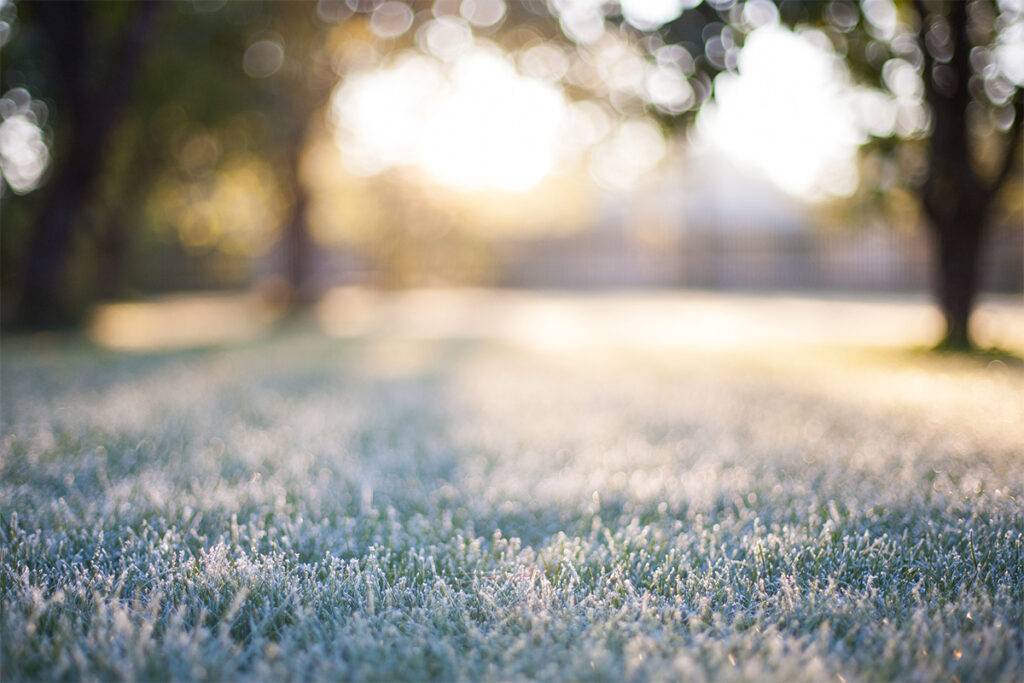Bedrock Gardens Understands the Challenges of Winter Grass
What does winter grass cost the environment? Bedrock Gardens in Hazle Township, PA will answer that question in this month’s blog. The allure of lush green grass even during the coldest months can sometimes lead us to overlook the environmental costs associated with winter lawn maintenance. We’ll explore what it really costs the environment to keep those winter lawns green and the steps we can take to reduce this impact.
Excessive Water Consumption is One Cost to the Environment
Maintaining a green winter lawn demands significant water resources. In Hazle Township, where winters can be harsh and snowfall is common, homeowners often use sprinkler systems to prevent grass from going dormant. This leads to excessive water consumption, straining local water supplies. Water depletion can harm aquatic ecosystems and affect the availability of clean water for both people and wildlife.
To mitigate this impact, residents of Hazle Township can consider using drought-resistant grass varieties. These require less water. You might also allow your lawn to go dormant during the winter months.
Using Chemical Fertilizers and Pesticides
Keeping winter grass vibrant often involves the use of chemical fertilizers and pesticides. These chemicals can leach into the soil and eventually find their way into nearby water bodies, causing pollution and harming aquatic life. Moreover, they can negatively impact human health if not used responsibly.
Bedrock Gardens and its patrons can adopt organic lawn care practices and opt for natural alternatives to minimize the use of harmful chemicals.
Soil Erosion and Winter Grass
Winter grass lawns can contribute to soil erosion, especially during the thawing and freezing cycles of winter. When you cut grass too short or if it’s overused, it leaves the soil exposed, making it susceptible to erosion. This not only degrades the soil quality but also results in sediment runoff into nearby waterways, negatively impacting aquatic ecosystems.
Implementing proper lawn care techniques, such as maintaining a healthy grass length and avoiding excessive foot traffic, can help mitigate soil erosion.
Energy Consumption is Another Environmental Cost
Maintaining winter lawns often requires the use of energy-intensive equipment such as lawnmowers and leaf blowers. These machines contribute to greenhouse gas emissions and air pollution, exacerbating climate change, and harming local air quality.
Residents of Hazle Township, including Bedrock Gardens, can explore eco-friendly lawn care alternatives like manual tools or electric lawn equipment.
Consider All Environmental Costs
While the allure of green winter grass is undeniable, it’s essential to consider its environmental costs. Bedrock Gardens and the residents of Hazle Township can make a positive difference by adopting more sustainable lawn care practices, conserving water, reducing chemical usage, preventing soil erosion, and minimizing energy consumption. By taking these steps, we can enjoy the beauty of winter while preserving the environment for generations to come.
For more information lawn care, give Bedrock Gardens, a call at (570) 501-3154. Follow us on Facebook for updates. We are happy to answer the question, “what does winter grass cost the environment?”

